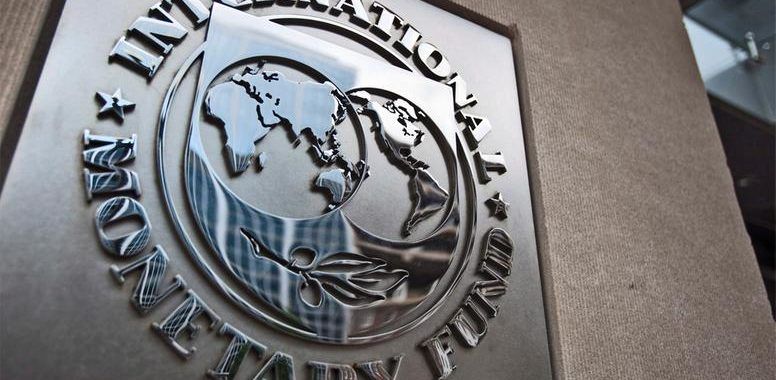The International Monetary Fund (IMF) has issued a stark warning about the escalating risks associated with hidden government debt, emphasizing its detrimental impact on investor confidence, borrowing costs, and overall economic stability. With global public debt projected to approach 100% of global GDP by the end of the decade, exceeding even pandemic-era levels, the IMF stresses the urgent need for greater transparency in government borrowing practices. This growing debt burden, particularly in emerging markets and developing economies, is placing immense pressure on national budgets, limiting governments’ capacity for essential social spending and crucial investments. The IMF argues that this lack of transparency exacerbates vulnerabilities to debt crises, potentially triggering severe economic consequences.
A key concern highlighted by the IMF is the increasing use of complex and often opaque financial instruments by governments. These instruments, including securitized, collateralised, and guaranteed contracts linked to state-owned enterprises and public-private partnerships, often remain hidden from public scrutiny. This lack of disclosure allows liabilities to accumulate unnoticed, potentially masking the true extent of a country’s indebtedness. The IMF warns that when these hidden debts are eventually revealed, often during debt restructuring processes, they can severely erode investor confidence, not only in the government itself but also in the reliability of official data and the administrative capacity to accurately represent the country’s financial position. This erosion of trust can lead to higher borrowing costs and, in cases where hidden debts are substantial, jeopardize debt sustainability and potentially trigger a full-blown debt crisis.
The IMF emphasizes the crucial role of robust legal frameworks in improving debt transparency and mitigating these risks. A recent IMF review of debt-related laws in 85 countries revealed a concerning lack of comprehensive legal requirements for debt management and fiscal reporting. Fewer than half of the countries reviewed mandated such practices by statute. Furthermore, in many cases, borrowing by state-owned enterprises and sub-national entities falls outside the official definition of public debt, enabling liabilities to accumulate off-balance sheet and further obscuring the true picture of a country’s financial obligations. This regulatory gap allows for the accumulation of hidden debts, contributing to the very opacity that undermines investor confidence and fiscal stability.
To address these challenges, the IMF calls on governments to enact and rigorously enforce legislation that clearly defines public debt, specifies authorized borrowing entities, and mandates full disclosure of all public debt obligations. The IMF also urges the empowerment of state audit institutions to thoroughly scrutinize debt operations and publicly disclose their findings, promoting accountability and transparency. Crucially, the IMF underscores that effective implementation is as important as sound legislation. Simply enacting laws is insufficient; they must be actively enforced. The IMF points out that some countries, despite having adopted robust legislation, have failed to implement it effectively, rendering the laws largely ineffective in promoting transparency.
In recent years, recognizing the growing threat posed by hidden debt, the IMF has intensified its efforts to promote debt transparency globally. The organization’s 2023 policy paper, “Making Public Debt Public,” shed light on significant disclosure gaps in low-income and emerging economies, underscoring the urgency of addressing this issue. The IMF has also strengthened its debt-limit policies, requiring more granular reporting, including the publication of information on the holders of public debt, providing greater insight into the composition and distribution of debt. Furthermore, over the past two years, the IMF has conducted over 200 technical assistance missions focused on debt management and expanded its legal reviews, diagnostic assessments, and advisory support to countries grappling with debt transparency challenges.
The IMF stresses that enhanced debt transparency is not merely about data collection; it is about establishing legal clarity, fostering institutional accountability, and building public trust. The IMF advocates for treating debt disclosure as a “public good” that strengthens debt sustainability and lowers financing costs, ultimately benefiting both governments and citizens. By ensuring that all debt obligations are transparent and accounted for, countries can create a more stable and predictable financial environment, fostering investor confidence and reducing the risk of future debt crises. The IMF’s message is clear: “You can’t manage what you can’t see.” To restore investor confidence and safeguard economic resilience, countries must prioritize transparency in their public finances, starting with robust legal frameworks and strong institutions capable of effectively enforcing them.














